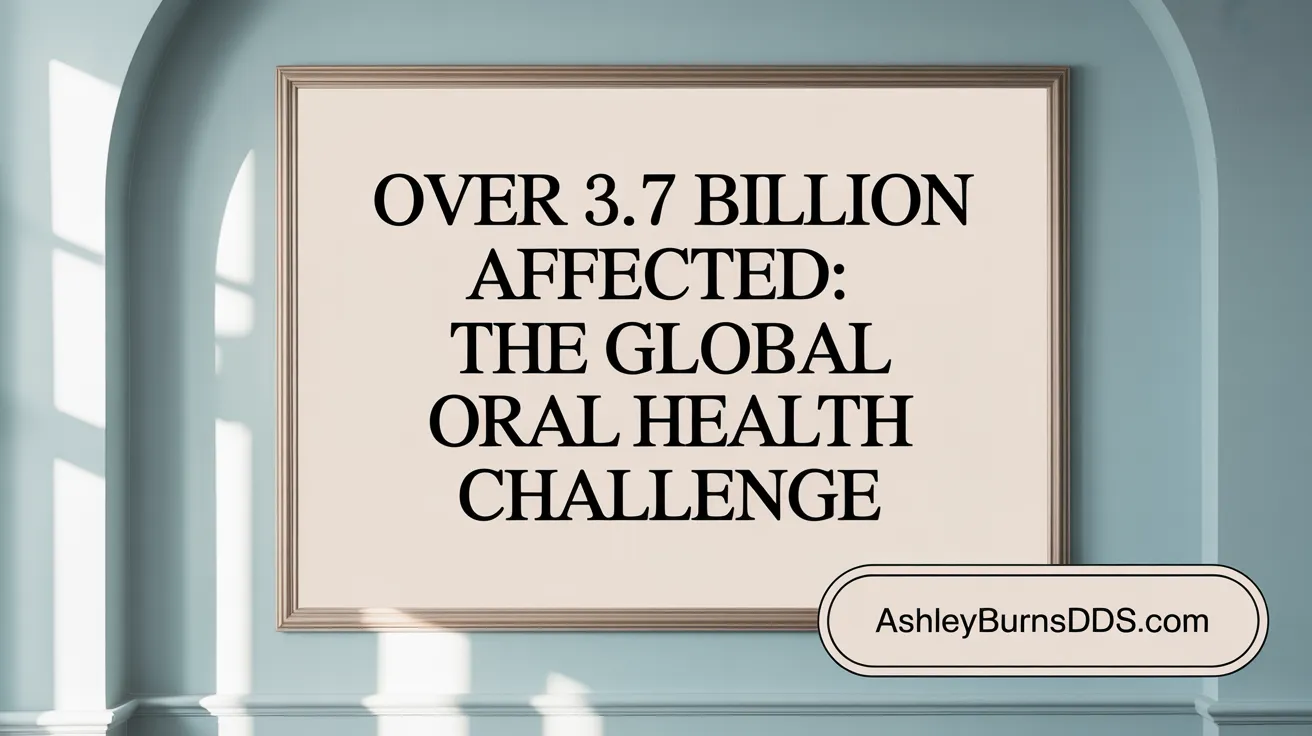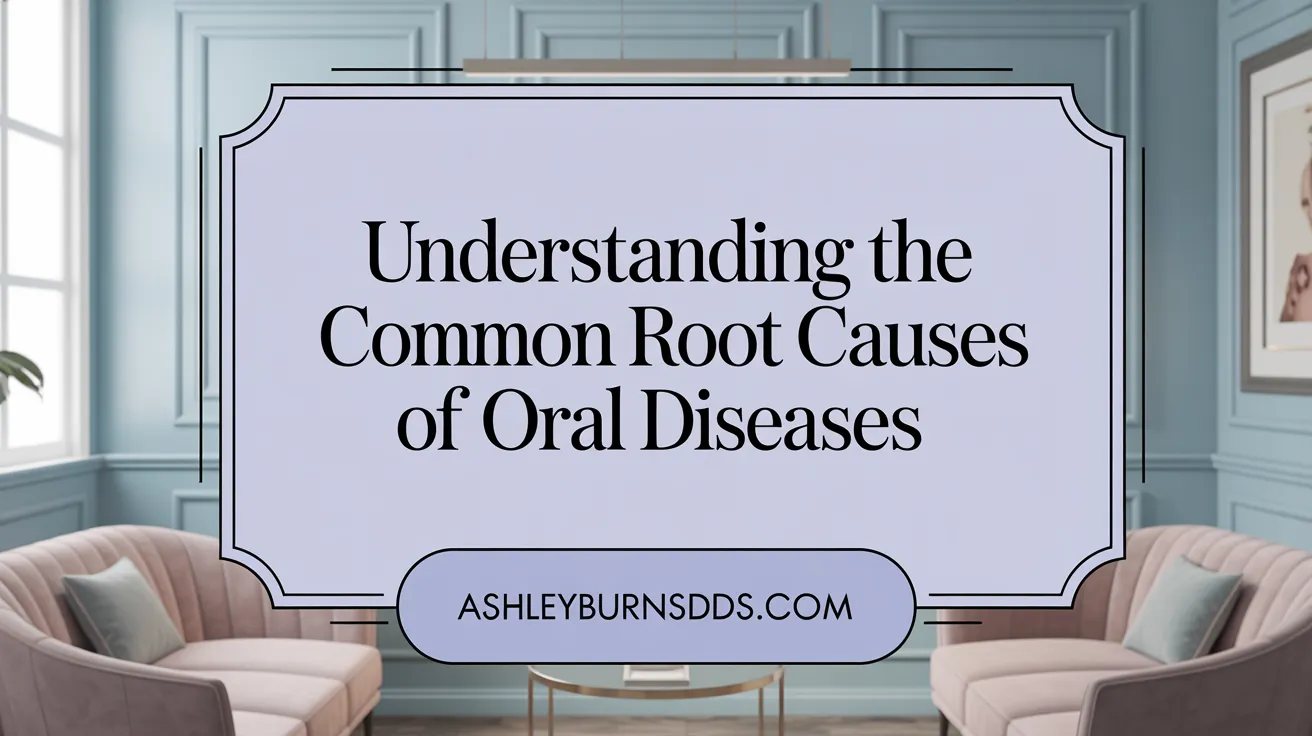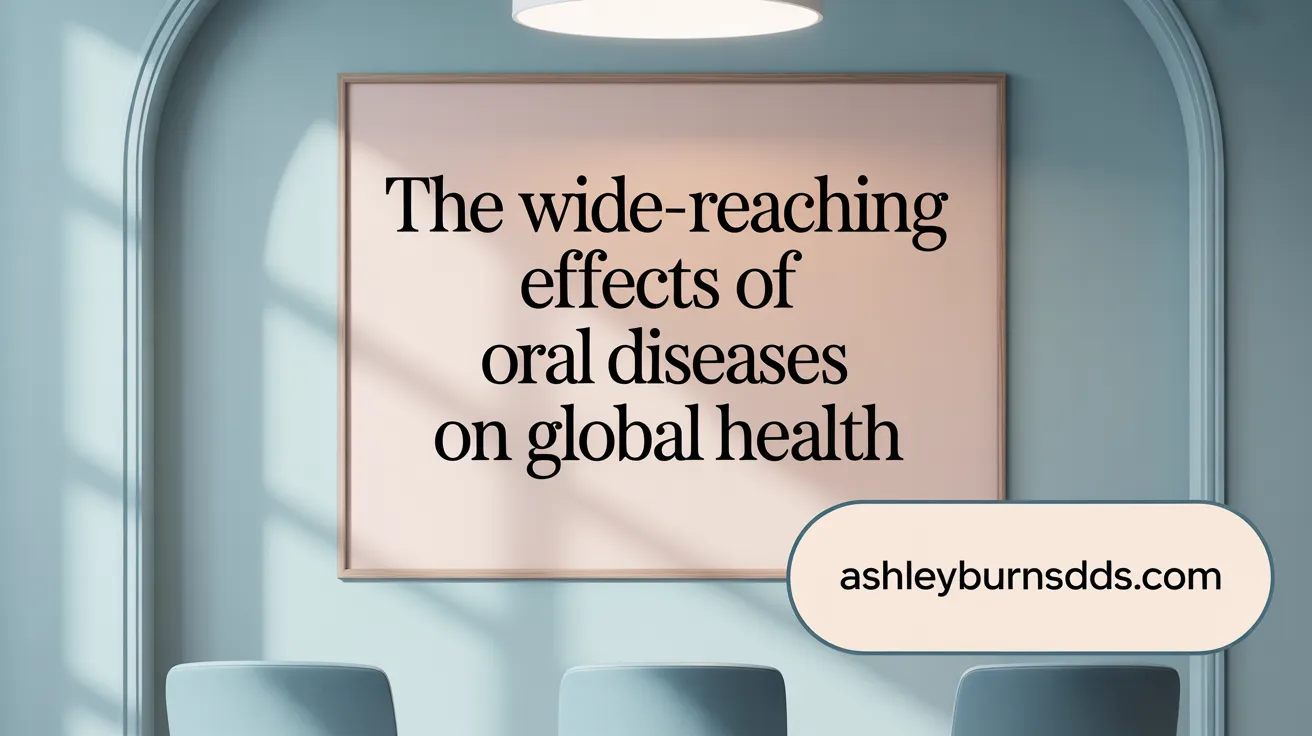Understanding the Scope of Oral Diseases Today
Oral health issues such as tooth decay and gum disease affect billions worldwide, posing a significant public health challenge. This article explores the latest global and national data on these conditions, examining their prevalence, risk factors, epidemiological trends, and implications for public health and health disparities. Highlighting the growing burden of oral diseases, it underscores the urgent need for comprehensive prevention and intervention strategies to improve oral health equity and overall health outcomes.
Global Prevalence of Tooth Decay and Gum Disease

What are the global prevalence rates of tooth decay and gum disease?
Globally, tooth decay and gum disease rank among the most common health problems, affecting billions of people across all age groups. Approximately 2.5 billion individuals suffer from untreated dental caries, making it the most widespread oral disease. Severe periodontal or gum disease impacts over 1 billion people worldwide.
In total, about 3.7 billion people are affected by various oral health conditions, representing nearly half of the world’s population. These diseases not only cause discomfort and disability but also contribute to broader health issues, linking to diabetes, cardiovascular problems, and other systemic conditions.
Looking at specific numbers, periodontal disease alone was estimated to affect around 1.07 billion people in 2021. Each year, roughly 89.6 million new cases are reported globally, further emphasizing the persistent and widespread nature of these conditions.
The prevalence of these diseases varies by region, age, socioeconomic status, and access to healthcare, often hitting the most vulnerable populations hardest. Nonetheless, the high global burden underscores the urgent need for effective prevention, early detection, and treatment strategies to reduce the impact of oral diseases worldwide.
Risk Factors Driving Tooth Decay and Gum Disease

What are the common risk factors associated with tooth decay and gum disease?
Poor oral hygiene is a leading contributor to both tooth decay and gum disease. When brushing and flossing are inadequate, plaque—a sticky film of bacteria—accumulates on teeth, leading to acid production that damages enamel and promotes cavities.
High sugar intake also plays a significant role. Sugary foods and drinks provide fuel for bacteria in the mouth, resulting in acid that erodes tooth enamel and causes decay.
Dry mouth conditions, caused by medications or certain health issues, reduce saliva flow. Saliva naturally helps neutralize acids and wash away bacteria, so a lack of saliva increases the risk of cavities.
For gum disease, smoking is a major risk factor, impairing the immune response and making gums more susceptible to infection. Diabetes is another critical factor, as uncontrolled blood sugar levels can exacerbate gum inflammation.
Hormonal changes during pregnancy, menopause, and other life stages can increase gum sensitivity and inflammation. Stress and genetic predispositions also influence the body's response to bacterial plaque.
Systemic health conditions such as poor nutrition, obesity, and immune-compromising diseases can further elevate the risk of developing oral diseases.
Limited access to dental care and oral health education often results in the progression of preventable conditions. Socioeconomic disparities are strongly linked to higher rates and severity of tooth decay and gum disease.
In summary, behavioral factors like poor hygiene and diet, biological influences such as systemic conditions and genetics, and socioeconomic inequalities all interplay in driving the development of tooth decay and gum disease. Addressing these factors through prevention and improved access to care is vital to reducing the global burden of oral health problems.
Public Health Impact of Oral Diseases Globally

How do tooth decay and gum disease impact public health internationally?
Tooth decay and gum disease are among the leading oral health issues worldwide, affecting approximately 3.7 billion people. These conditions are not only common but also costly, ranking as some of the most prevalent and expensive health problems across nations.
Untreated dental caries and severe periodontal diseases can cause significant pain, infections, and tooth loss, which severely impair daily functions such as eating, speaking, and social interaction. For children, early cavities can hinder proper development, school performance, and self-esteem. Among adults, gum disease is a major cause of tooth loss, impacting nutrition, speech, and oral aesthetics.
Beyond their local impacts, these oral diseases are linked to systemic health problems. Research shows connections between periodontal disease and conditions like diabetes, heart disease, and even Alzheimer’s disease. This illustrates that oral health is integral to overall health and well-being.
The prevalence of these conditions is driven by several risk factors, including high sugar consumption, tobacco use, harmful alcohol habits, and inadequate access to preventive and restorative dental services. Populations in low-income and disadvantaged socio-economic groups tend to bear a disproportionate burden, often lacking access to affordable care and essential prevention measures.
To combat these widespread issues, public health strategies emphasize improving access to fluoride, promoting oral hygiene, and implementing community-based programs like water fluoridation and school sealant initiatives. Addressing social determinants such as education, income, and healthcare access is crucial for reducing the global burden of oral diseases and improving equity in oral health outcomes.
Severity and Disparities in Oral Disease Burden

What data exist on the severity and population-specific impact of tooth decay and gum disease?
Globally, over 3.7 billion people suffer from oral diseases, with untreated dental caries in permanent teeth being the most common health condition. These diseases affect various age groups, with children experiencing a high prevalence of decay in primary teeth, approximately 11% among 2- to 5-year-olds, and in permanent teeth among older children and adolescents. Adults aged 20 to 64 have a 26% prevalence of cavities and about 50% show signs of gum disease.
Older adults face alarmingly high rates of tooth loss; nearly 20% of those aged 75 and above are completely edentulous. The severity of gum disease and tooth decay is reflected in the significant number of edentulous individuals and high untreated decay rates, especially among low-income populations.
In terms of population impact, data show that regions like Africa and the Eastern Mediterranean bear a higher burden, with higher DALYs (disability-adjusted life years) associated with oral conditions. In the United States alone, more than 53 million people experience untreated cavities, and older adults with disabilities are more likely to have missing teeth. These figures reveal the widespread severity of oral diseases across diverse demographic groups.
How do tooth decay and gum disease contribute to health disparities across populations?
Tooth decay and gum disease exacerbate existing health inequities by disproportionately affecting disadvantaged groups. Low-income populations, racial and ethnic minorities, and residents of rural areas encounter more barriers to preventative and curative dental care, including limited insurance coverage and a shortage of dental health professionals.
Research highlights that untreated dental caries are nearly three times more prevalent in children from low-income households compared to higher-income families. Minority groups such as Mexican American and non-Hispanic Black populations have higher untreated decay rates—24% and 40%, respectively—compared to non-Hispanic White populations at 21%. These disparities extend into older adulthood, with higher rates of edentulism and periodontal disease among low-income and minority groups.
Untreated oral diseases are linked to broader health issues, including diabetes, cardiovascular disease, and even Alzheimer’s disease, thus widening health gaps. Emergency dental visits are also more common in underserved communities, as preventive access is limited.
Addressing these disparities involves enhancing access to affordable care, integrating oral health into primary care, expanding the dental workforce, and implementing community-focused prevention programs. These strategies are essential to reduce the unequal impact of oral diseases and improve overall health equity.
Epidemiological Trends and Recent Changes in Oral Health
What epidemiological trends have been observed in oral health issues over recent years?
Over the past few decades, the world has seen a significant rise in various oral health problems. One of the most notable trends has been the increase in periodontal diseases, affecting more than 1 billion people globally. The number of new cases of severe gum disease has grown by over 71% from 1992 to 2021, with nearly 9 million new cases in just 2021 alone.
Despite improvements in some high-income countries due to better preventive care, disparities remain widespread. Areas with lower socioeconomic status and less access to healthcare services tend to experience higher rates of oral diseases. Older adults and children are particularly affected, with older populations increasingly experiencing tooth loss and edentulism, reflecting lifelong buildup of dental problems.
Certain behavioral factors such as high sugar consumption, tobacco use, and inadequate oral hygiene are major contributors to these trends. Urbanization and changes in lifestyles have also played a role in increasing the prevalence of oral infections and related health issues.
In children and adolescents, the prevalence of untreated dental caries stays high, making it the most common chronic disease among kids. For older adults, tooth loss and complete tooth loss are becoming more common, especially among those with limited access to dental care or lower income levels.
Looking ahead, projections suggest a slight decrease in the incidence of periodontal disease by 2050 due to ongoing public health efforts. However, the overall burden of oral diseases remains high, underscoring the importance of comprehensive prevention, early detection, and equitable access to dental care to reduce disparities and improve long-term oral health outcomes.
The Significance of Oral Health for Overall Well-being

What does current research say about the significance of oral health problems for overall health?
Recent studies underline the deep connection between oral health and overall well-being. Dental issues such as cavities, gum disease, and infections are not isolated problems; they can contribute to serious health conditions including cardiovascular disease, diabetes, respiratory infections, and certain types of cancer.
Harmful bacteria residing in the mouth can enter the bloodstream through inflamed or damaged gum tissue. Once in the circulation, these bacteria and resulting inflammation can affect vital organs, increasing the risk of heart attacks, strokes, and complications during pregnancy.
Untreated periodontal disease, a severe form of gum infection, especially impacts people with diabetes, creating a reciprocal relationship where each condition worsens the other. This illustrates how oral health is a vital part of managing chronic illnesses.
Besides physical health, oral issues also influence mental health and social interactions. Poor dental appearance or pain can lead to embarrassment, social withdrawal, and depression. In children, dental pain may hinder learning and development.
Economic productivity suffers due to dental-related absenteeism and emergency care visits, which impose significant costs on healthcare systems and individuals. Globally, oral diseases affect over 3.5 billion people, with low-income populations bearing a disproportionate burden.
To address these challenges, health policies are increasingly emphasizing the integration of oral health into universal health coverage, promoting preventive care, and expanding access to affordable dental services. Such comprehensive approaches backed by current research can significantly improve health outcomes worldwide.
Towards a Healthier Future: Improving Oral Health Outcomes
The widespread prevalence and profound impact of tooth decay and gum disease demand urgent attention from public health stakeholders worldwide. The data reveal not only the massive burden of these diseases but also stark disparities rooted in socioeconomic and demographic factors. Addressing these challenges requires comprehensive prevention strategies, improved access to quality dental care, and integration of oral health into broader health systems. Ongoing global initiatives, such as the WHO's Global Oral Health Action Plan, emphasize prevention and equity as cornerstones to reducing the oral disease burden. By prioritizing oral health within public health agendas, societies can mitigate the extensive health, social, and economic consequences of these diseases and move toward improved well-being for all populations.
References
- Oral health
- Health Disparities in Oral Health
- Annual Statistics About Oral Health in the United States
- Oral Health in America - April 2022 Bulletin
- WHO highlights oral health neglect affecting nearly half of ...
- Oral Health: The Silent Epidemic - PMC
- Oral Health Status: Tooth Loss
- 2024 Oral Health Surveillance Report: Selected Findings
- Oral Health – Hawai'i Health Data Warehouse
